Is Aquaponics profitable? with detailed breakdown
When fish and plants live together in aquaponics, they help each other grow. And each kind works to keep the environment healthy. The water that fish drink is also cleaned by plants. Fish waste has a lot of nutrients that plants need to grow. These new technologies make farming easier and better, and they also protect the earth in a lasting way. But it is needed to conduct thorough market research and consider the specific circumstances before setting up an aquaponics system for a particular situation.
Additionally, we will explain the profitability analysis in aquaponics. Lets discuss “Is Aquaponics profitable? with detailed breakdown” There are some important points we will discuss in this article:
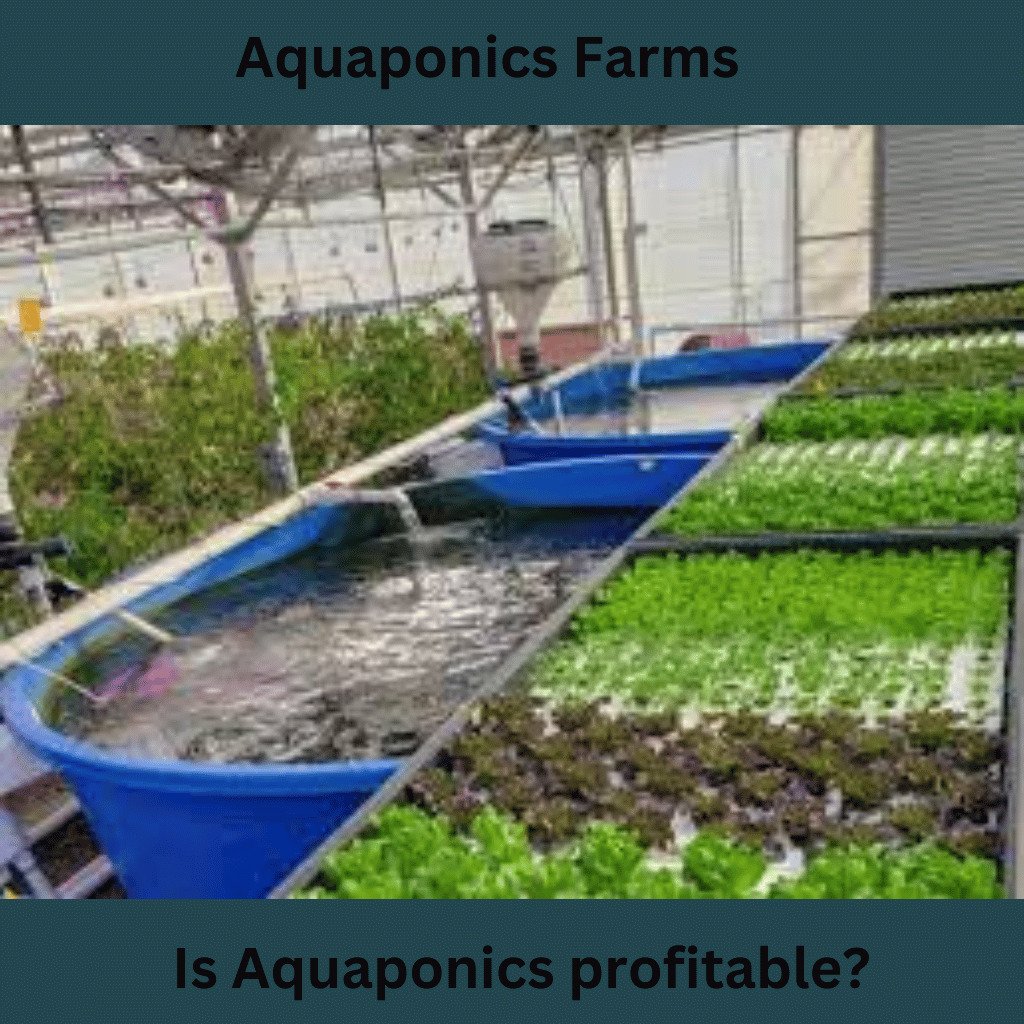
- How to Make Money With Aquaponics?
-
Is Aquaponics Profitable System?
- Breaking Down the Costs
- Operational Expenses
- Market Potential
3. A Practical Look at Aquaponics Profits
- Monthly Cost of Production
- Operational Expenses
- Cost Analysis per Pound
- Income Statements
4. Managing Risks
5. Scaling Up
6. Environmental Impact
How to Make Money With Aquaponics?
How profitable aquaponics is depends on how much money it can make and save. At first, cutting down on the number of fertilizers and harm bought from outside sources will save a lot of money. When fish and greens are grown at the same time, more gets grown, which makes the system more profitable in the long run.
Is Aquaponics Profitable System?
Aquaponics farming, despite being a sustainable method of plant growth, is less profitable than traditional agriculture. Most aquaponics farmers use greenhouses and have an average size of 0.03 acres. The Leibniz Institute of Freshwater Ecology and Inland Fisheries (IGB) study found that aquaponics can offer environmental and cost benefits if produced correctly and under suitable conditions. The main obstacles for commercial aquaponics farms include high investment and operating costs. However, there is high potential for profits in urban and peri-urban areas.
Breaking Down the Costs:
1 . Aquaponics set up cost
It is important to do a full analysis of the original setup costs to figure out if aquaponics is profitable. Some of the things that might be needed for this are building fish tanks to grow plants and setting up pumps and cleaning systems. In most cases, the long-term benefits are greater than the initial costs, even if this investment is big.
2 . Operational Expenses
Aquaponics systems need regular upkeep like water, power, and fish food. However, aquaponics tends to use less stuff than traditional farming techniques. The closed-loop system uses less water, and the animals and plants living together in harmony reduces the need for extra nutrients.
3. Market Potential
Aquaponics can also be profitable if there is a market for the things that are grown. Aquaponic fish and vegetables have a clear edge in the market because people value sustainable and locally produced products more and more. A business that uses aquaponics can make a lot of money because of this growing demand.
A Practical Look at Aquaponics Profits
Aquaponics, a hybrid of fishing and hydroponic farming, is sustainable and innovative. An aquaponics farm growing Romaine lettuce and Cream Dory fish has economic implications. The farm sells fish carefully, as we’ll see shortly, but lettuce is its main crop.
Monthly Cost of Production
Breaking down the costs for cultivating Romaine lettuce and Cream Dory in a 64,000 sq ft area:
- Fertilisation: £251.25
- Growth Medium: £1,014.00
- Seeds: £450.00
- Fish Feed: £594.00
- Fish Fingerlings: £320.00
Total Cost of Production: £2,629.25 per month.
Operational Expenses
Operational costs include:
- Labour: £28,800.00
- Farm Supervisor: Not applicable
- Electricity: £500.00
- Water: £356.63
Total Operational Expenses: £29,656.63 per month.
Cost Analysis per Pound
- Average Yield of Lettuce: 32,000 lbs/month
- Average Yield of Cream Dory: 1,981.25 lbs/cycle
- Direct Cost (GBP/lbs): 14.53
- Operational Cost (GBP/lbs): 18.54
- Total Cost (GBP/lbs): 33.07
Income Statements
For Lettuce
- Average Sale Price: £3.96
- ross Sales: £126,720.00
- Cost of Production: £1,715.25
- Operational Expenses: £14,828.31
- Net Income/month before taxes: £110,176.44
For Cream Dory
- Average Sale Price: £11
- Gross Sales: £21,793.75
- Cost of Production: £914.00
- Operational Expenses: £14,828.31- Net Income/month before taxes: £6,051.44
In the world of aquaponics farming, making money is a real possibility. This suggests a smart strategy of focusing on lettuce and being cautious with fish sales. The income figures show that this model is financially sound, especially with the careful balance between lettuce and Cream Dory. Looking ahead, it might be worth considering adjustments based on market trends for an even brighter financial future.
Managing Risks
Aquaponics has problems, like when the system breaks down or fish get sick, just like any other way of growing. But aquaponics’ controlled environment makes it easier to keep an eye on things and handle them. Which lowers the risks that come with traditional farming. This risk reduction has a good effect on the system’s overall profitability.
Scaling Up
As aquaponics becomes more popular, many farmers will be able to afford to grow their businesses. Being able to make more things and sell them in bigger markets can greatly improve profits. Economies of scale may also lower production costs. Which makes the business even more appealing from a financial point of view.
Environmental Impact
In addition to being profitable, aquaponics is also good for the earth. Which makes it even more profitable overall. Less water use, less reliance on outside inputs, and a smaller carbon footprint all add to a positive result that may attract customers, which increases market demand.
Conclusion
This indicates that the question “Is Aquaponics profitable? With Detailed Breakdown” has a good answer when various elements are considered. Initial and continuing costs are balanced by resource conservation. It matches market demands and also ability to expand. Aquaponics can be profitable and essential to environmentally benign and long-term farming. And if it is properly planned and managed. For those people who become environmentally conscious, the future seems promising for them in aquaponics.
Reference Links
https://www.sciencedirect.com/science/article/pii/S0044848614004724
https://cdn.aquaponicsassociation.org/uploads/2019/10/287-1177-1-SM.pdf
FAQs
1 . Is aquaponics good for growing on a small scale?
Yes, aquaponics can be used for small-scale farming, which makes it good for places with limited room or in cities. It’s flexible and can be changed to fit different business types.
2 . What is the most profitable, aquaponics or hydroponics?
Aquaponics and hydroponics both are profitable systems. It always depends on some important factors like initial investment, market demand, and operational costs. Actually aquaponics is the combination of aquaculture and hydroponics, generate both fish and plants. It requires more investment and expertise. On the other hand, Hydroponics relies solely on plant production but has lower initial costs.
- What does aquaponics do to help the environment?
Aquaponics uses less water, doesn’t need as many outside inputs like fertilizers and pesticides, and makes an environment that can take care of itself. This makes farming more eco-friendly.
- What does aquaponics mean? How do fish and plants work together in this cool way to farm?
Aquaponics works a lot like nature’s friend system. In a closed-loop environment, plants and fish help each other out. Plants need food from fish, and fish need plants to keep the water clean. Both of them will benefit!
- Is aquaponics a better way to save money than regular farming?
Aquaponics is a good way to spend your money. You spend less on chemicals and fertilizers, and growing fish and vegetables together makes you more money. Learn why aquaponics is a smart and cost-effective choice.
- What is the cost of setting up aquaponics? Will it be worth it in the long run?
Let’s talk about numbers! Find out how much it costs to set up an aquaponics system for the first time. Even though it may seem like a lot of money at first, it’s often a good investment in the long run. Find out about the money side of things.

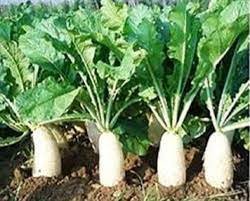
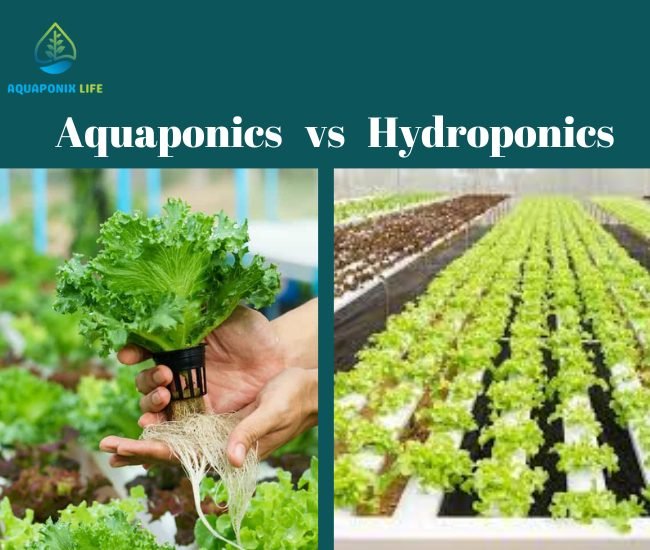
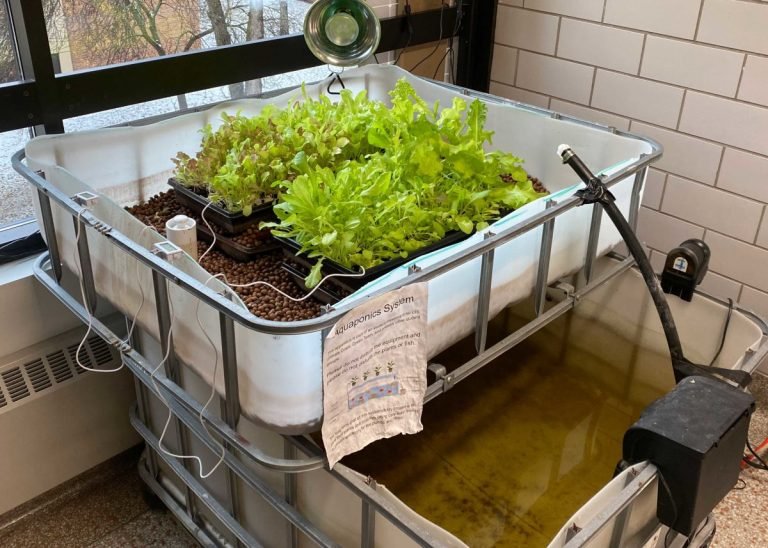
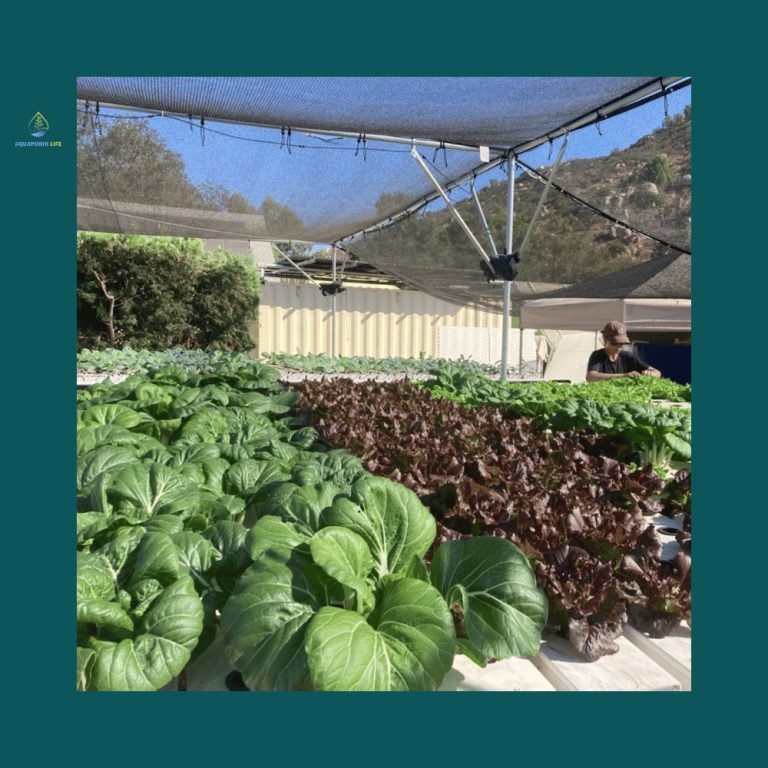
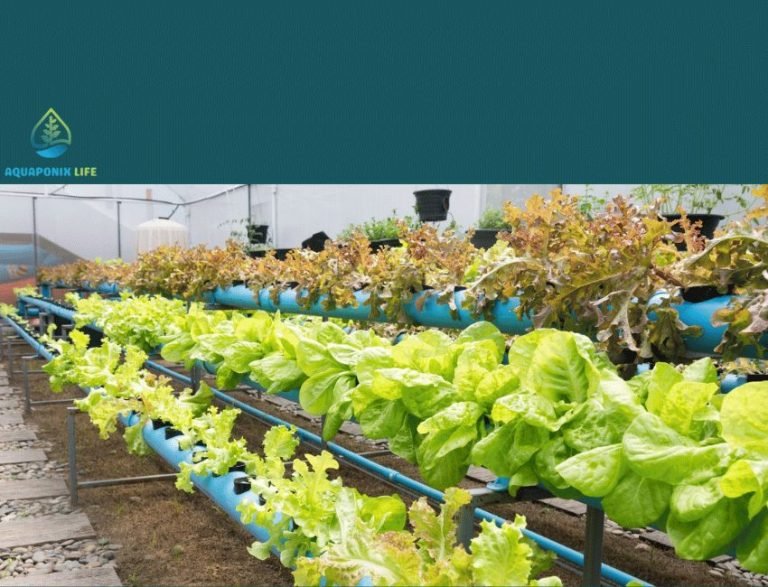
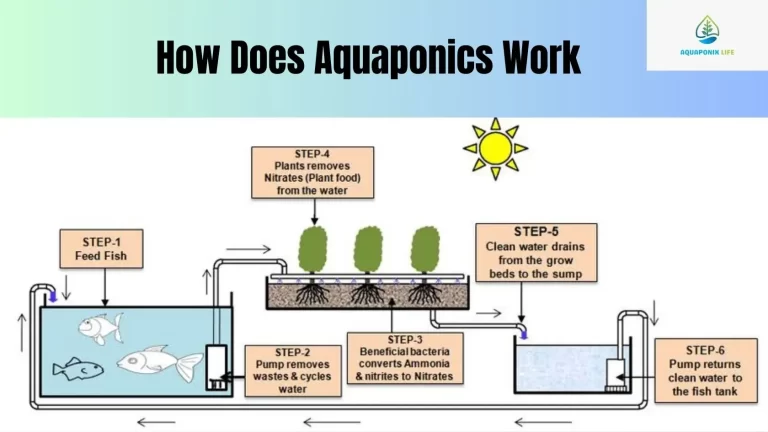
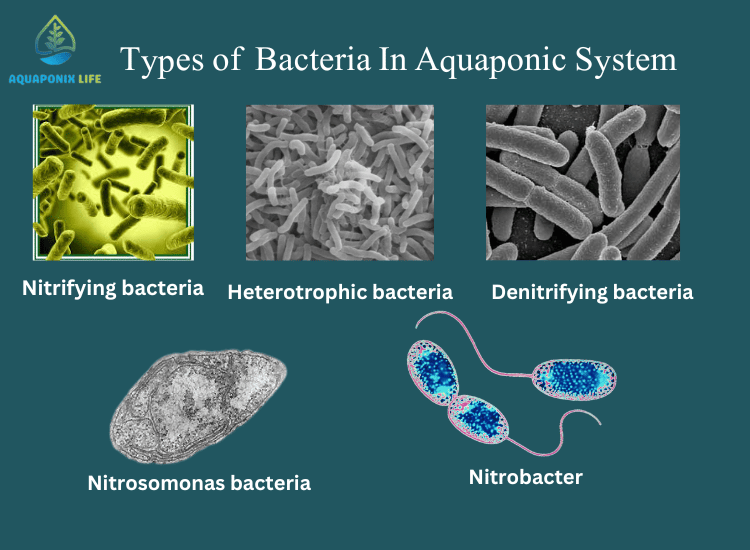
Służysz społeczności blogowej, pięknie przy tym składasz frazy, przyjmij najszczersze wdzięczności moich wyrazy 🙂
Nie sposób nie docenić głębokiego zrozumienia przedstawionego tematu. Autor z sukcesem oddał złożoność kwestii, a jednocześnie zdołał uczynić ją przystępną dla każdego czytelnika.